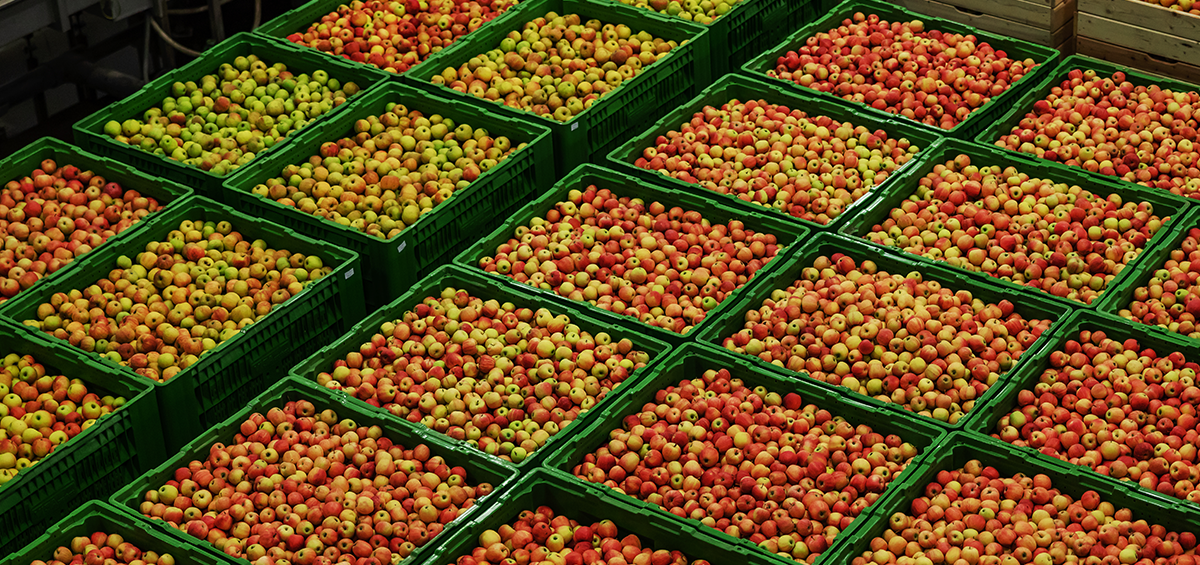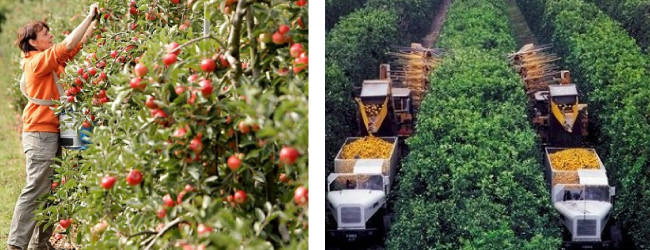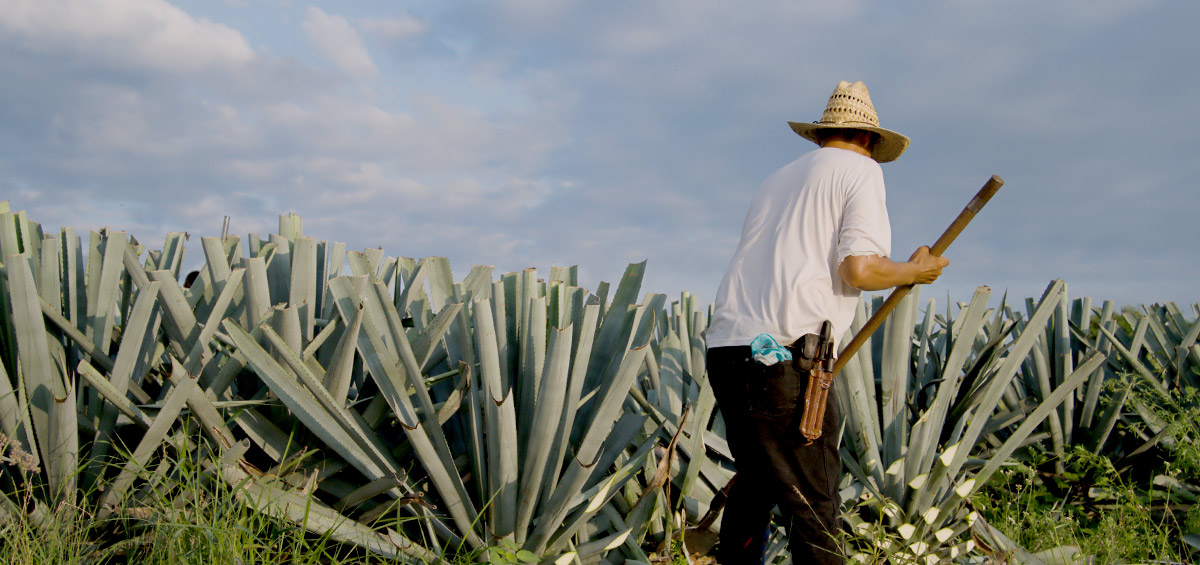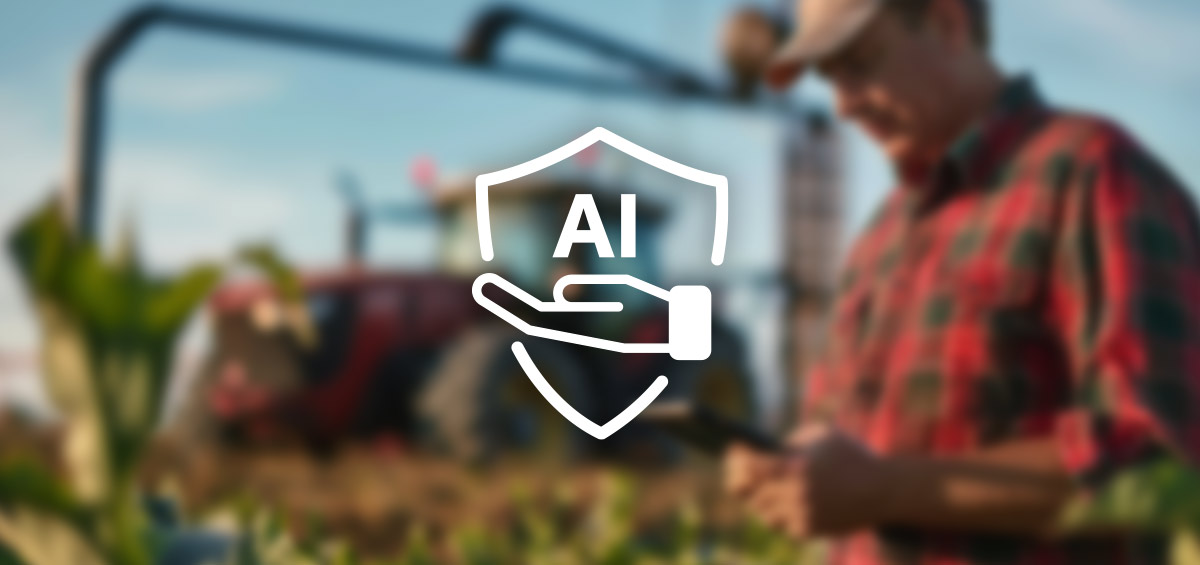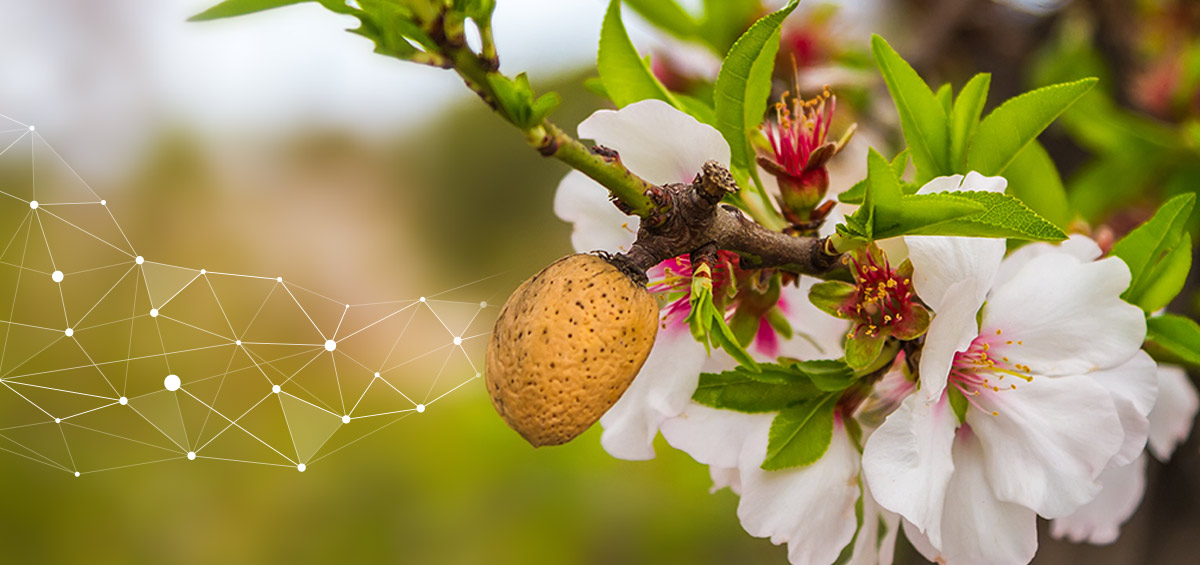The success of a farmer’s effort in crop production depends largely on the final phase of production, which is often followed by post-harvest losses that can reach up to 50%. Reducing this waste could improve global food production, and increase overall farmer’s profit. Activities that are carried out just before harvesting may have a major influence on final production. Post-harvest management is a process that starts from the activities that take place on the field, before harvesting, and it continues until the product reaches the final customer. By using good practices before harvesting, farmers can reduce post-harvest losses and increase the fruit quality. There are three phases that are crucial for postharvest loss management:
1. Pre-harvest Management
Pre-harvest practices that could determine postharvest quality status include:
- Proper selection of cultivars with longer shelf life is a vital decision for a farmer which significantly influences the harvested quantity
- Fertilization or lack of fertilizers affects the quality of fresh produce at harvest; on the other hand, high application rates of fertilizers can harm the development and post-harvest condition of produce (e.g. a high nitrogen supply can have a negative impact on fruit quality traits)
- Irrigation is also important because water deficiency significantly reduces the yields
- Pruning provides favorable conditions for fruit growth; proper pruning reduces competition between fruit, enables more light to reach the plants, prevents diseases and thus reduces losses.
2. Harvest
To ensure proper harvest, it’s important to set an optimal maturity date of the fruit. Harvest maturity refers to the time when the fruit are ready for harvest, thus taking care of the time required for fruit to reach the market. Considering this, farmers usually start harvesting at technology fruits stage. The quality of fruit also depends on the harvest method. Although machinery harvest is faster and more appropriate for larger fields, a manual harvest is much better for preserving fruit quality. However, it’s also more expensive.
Manual and machinery fruit harvest
3. Postharvest Management
When the fruit is harvested, its quality cannot be improved but it can be maintained by using best post-harvest practices. Transport and storage are two critical phases before the product reaches the customer. After harvesting there is sorting, grading, packing, and transport of fruit to storage or market. All of these actions influence the product quality. It also plays a role whether the product is transported shortly after harvesting or it stays on the farm for a longer time, which drastically affects the fruit’s quality. Storage is the final post-harvest management phase. Every crop has its own storage requirements, which need to be followed to preserve its quality. The management of temperature, relative humidity, ventilation and maximum days of storage affects post-harvest quality and storage life.
How Can AGRIVI Help To Reduce Postharvest Losses?
Post-harvest losses can always present a threat, but their extent depends on the farmer. Farmers can reduce losses by following good farm practices, which they can find in AGRIVI farm management software. AGRIVI allows them to track all their activities on the fields as well as spent farm materials which they can analyze in the AGRIVI Field analytics module. In this module, farmers can see not only the exact amount of applied fertilizers, pesticides or water for each field but also the amount of applied single nutrients or active substances. All fields are color coded, thus giving farmers the information on which field had more fertilizers, pesticides or water applied.
Make sure to maximize your fruit production by using AGRIVI software.
Text sources: Hindawi Publishing Corporation || FAO
Image sources: Tienphong || University of Florida
